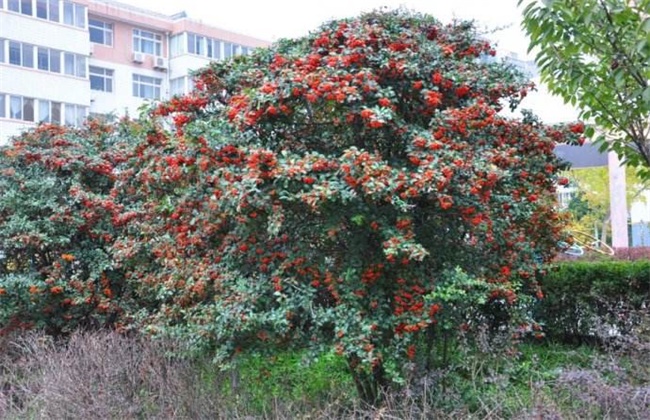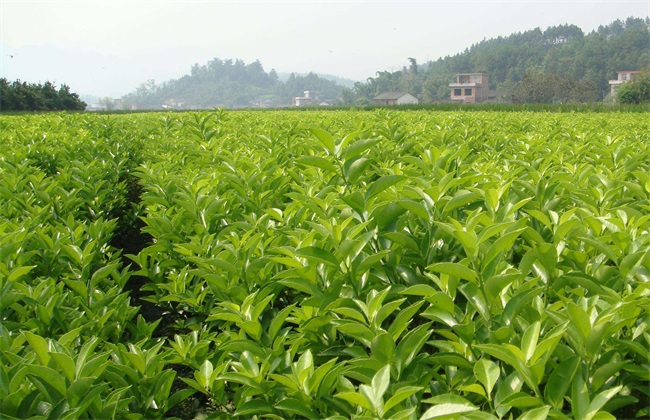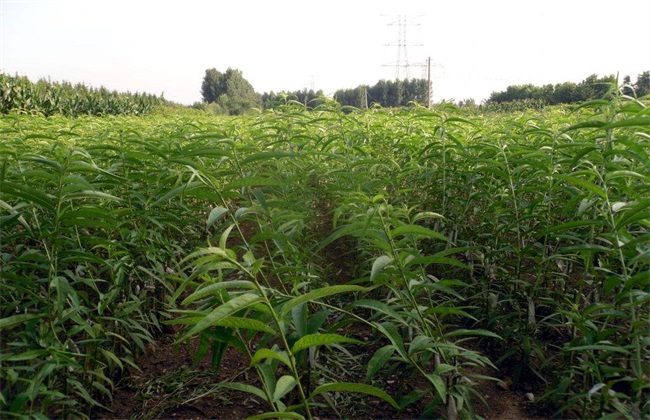Planting techniques of Hippophae rhamnoides
Hippophae rhamnoides is a kind of drought-resistant and sand-resistant shrub, which can survive on saline-alkali land, so wind prevention and sand fixation and soil and water conservation are widely planted in northwest China for desert and Gobi greening. The fruit of Hippophae rhamnoides has a very high content of vitamin C, and has the effect of lowering cholesterol and relieving angina pectoris, so it is widely used in the fields of food and medicine. So how to grow seabuckthorn fruit? Let's take a look.

1. Preparatory work
Hippophae rhamnoides is a positive tree species, information light, the requirements for the soil is not strict, in gravel soil, mild saline-alkali soil can grow normally, but do not like too heavy soil, the temperature requirements are not strict, in minus 50 degrees only 50 degrees high temperature can survive. When planting combined with land preparation, apply 2500-4000 kg of mature farm manure per mu, ridge into the bottom of the ridge, pay attention to mix evenly with the soil, so as to avoid the phenomenon of burning roots.
2. Seed germination
Piglets fresh and pest-free before sowing can be sown in spring, summer and autumn, but it is appropriate to sow in spring, generally sowing about 4 kilograms per mu. In order to improve the germination rate, soak the seeds well before sowing, soak the seeds in the potassium permanganate solution at the top for 2 hours, fish them out for germination, generally adopt the yield of mixed sand, ease the seeds according to the proportion of 1:3 and wet sand, in the stack in the sunny out, sheep's milk plastic film cover heat preservation and moisturizing, generally turn once a day, when 1/3 of the piglets split open to sow seeds.
3. Sowing and raising seedlings
In order to facilitate the growth and management of seedlings, large row spacing and wide sowing width should be adopted when sowing, and the seeds should be sowed evenly into the ditch, 2-3 cm in the covered soil, gently pressed with hands to make it fully in contact with the soil. Pour water once before sowing, sow flat after the soil is dry, cover straw after sowing to facilitate seedling emergence, seedling emergence should be gradually removed to avoid sunburn. In spring sowing, water spraying should be carried out to maintain moderation. Generally, seedlings can emerge in a week, and seedlings can be completed in half a month.
4. Cultivation and management
The planting density should be determined according to the tree strength of the variety. in order to improve the pollination quality, a row of pure female plants and a row of male and female mixed planting should be adopted, and the planting pit should be dug, fertilized and watered. In the years before the results, we should do a good job of weeding by ploughing and weeding, and in areas with better conditions, we can apply some urea after rain to promote its growth. Light pruning is carried out in spring to trim the excess dry and withered branches and branches of diseases and insect pests in order to improve plant permeability, reduce the harm of diseases and insect pests, and treat diseases and insect pests in time.
The above is the introduction of Hippophae rhamnoides fruit planting technology, hope to help you, want to know more related knowledge, please follow us.
Related
- Moge, come on! The staff of the peasant association in the producing area of cantaloupe were frightened when the crowd gathered.
- Causes and Solutions of low Fruit setting rate of Apple
- Symptoms and control measures of passion fruit virus disease
- Fruit growing lesson: how do apple orchards keep high yields?
- Can you build orchards in the mountains? What are the pros and cons?
- How to manage the coloring period of Crisson grape?
- This paper introduces the processing technology of two kinds of fig products.
- How much is a month for retired teachers in rural areas by 2020?
- How can strawberry planting increase sugar content? We should pay attention to management in many aspects.
- What are the cultivation techniques on how to improve the yield of golden fruit?



